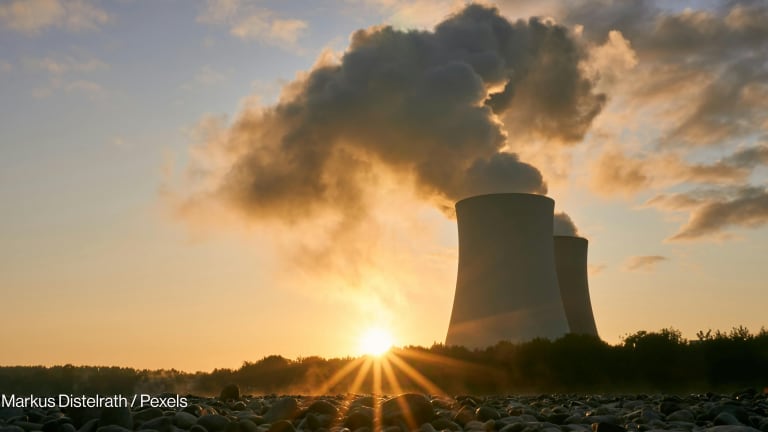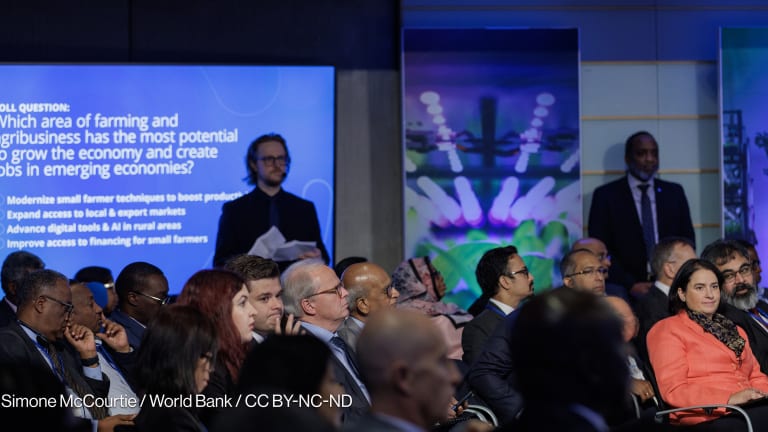
The Inter-American Investment Corp. has more than three decades of experience in private sector development, but in 2016 it is going through a self-described “startup” year.
From branding to spending, the IIC has placed itself in a virtual holding pattern for at least the first half of the year as it sorts out a precise business strategy following a major restructuring of operations, according to Jose Luis Lobera, an IIC spokesman.
In January 2016, the larger Inter-American Development Bank Group officially consolidated all of its private sector investment activities into the IIC. The realignment process kicked off in 2013 and was officially sanctioned by the bank’s board of governors at its annual meeting two years later.
Since its founding in 1985, the IIC has historically been the IDB’s principal financier for private business in Latin America and the Caribbean, but shared its role with three other IDB entities. The so-called merge-out now pools together all private sector lending under the IIC umbrella to serve as a single entry point for clients in the region wanting to access institutional financing and services.
The restructuring came with a $2.03 billion increase in the IIC’s capital stock, of which $1.3 billion will be contributed by member countries and the remainder transferred from the IDB.
As can be expected with any restructuring at a large organization, the changes have forced a strategic rethink and the process is ongoing.
The newly structured IIC plans to focus on four key sectors — energy, transportation, financial institutions and agribusiness. However, division chiefs for those sectors still remain unfilled, highlighting the scope of work still to be done.
The IIC’s investment in energy and transportation will be geared towards sustainable infrastructure as part of the IDB Group’s larger focus on climate change resilience, according to the IDB.
The group has set a target of doubling its volume of climate-related financing to 30 percent of its total loan approvals by 2020. The commitment reflects the high priority given to climate change because of particular vulnerabilities facing the region.
An estimated 600 million people in Latin America live in areas or work in economic sectors that are highly vulnerable to climate change. Economic losses in the region due to climate change could run as high as $100 billion annually by 2050, the IDB projects.
To build greater resilience the IDB estimates that climate investment in Latin America and the Caribbean should be between $75 billion and $80 billion per year between 2020 and 2030, which is around 1.5 percent of the region’s gross domestic product and nearly three times the current levels of investment.
The IIC also plans to shift the type of work that it does with small and medium-size enterprises in the region.
SMEs account for nearly 90 percent of all businesses in the region and there is a growing need for a deeper pool of products and services to finance them. The financing gap for those SMEs, according to IIC estimates, is between $210 billion and $250 billion. A recent survey by the IIC showed that 44 percent of banks in the region recognize that their financial products are not adequate to serve the SME market.
Most SME debt, for example, is not rated AAA by credit agencies, so the IIC has prioritized expanding its pool of debt guarantees in order to unlock more bank finance.
Rather than lending directly to SMEs as it has in the past, the revamped strategy will be to transact more with local financial institutions. It will does so by backing more debt issuances or co-financing equity purchases of SMEs with local banks in an effort to strengthen capital markets in the region.
The IIC has prioritized expanding into agribusiness, a relatively new frontier for the organization, but it is still sorting out a precise strategy for which markets to tap and what companies to partner with, Lobera said. Official agribusiness-related sectors currently account for less than 5 percent of the IIC’s total loan portfolio. The goal is to double IIC spending in all agribusiness sectors by 2019.
In 2015 the IIC had 229 active projects and roughly $990 million of project-related assets and lending across all sectors is expected to remain flat as the IIC sorts out its strategy.
Join Devex to network with peers, discover talent and forge new partnerships in international development — it’s free. Then sign up for the Devex Impact newsletter to receive cutting-edge news and analysis at the intersection of business and development.








